What is intersectional feminism and how can you support it?
“Equal rights have been around for a long time,” people still like to claim. Nevertheless, countless people take to the streets on March 8 – International Women’s Day or Feminist Fight Day – to demand very fundamental things. They demand a world in which clinical studies are not carried out for the most part on men and the german parliament does not consist of 68.8% men. They are demanding equal opportunities in job application processes, equal pay and visibility of care work. They demand sexual self-determination and action against gender-based violence. They are demanding this and much more, and are showing the world how current and how necessary feminism is.
Feminism – not only for white cis-women
There is no such thing as one feminism. Rather, it consists of many different movements, which are sometimes more and sometimes less similar. Nowadays, the importance of intersectional feminism in particular is increasing, and rightly so. Because it makes the multi-layered nature of discrimination visible and argues that feminism should not only open the doors to equality for white, abled, heterosexual cis-women.
We’ll show you exactly what intersectional feminism means below. In addition, we would like to introduce you to a number of opportunities and concrete projects in which you can get involved for more equality in the sense of intersectional feminism.
What is intersectional feminism?
The basic concept behind intersectional feminism is to make voids visible when looking at discrimination. Thus, there is not only one reason that is responsible for discrimination. Instead, there are several dimensions that are potentially affected by discrimination. So, in intersectional feminism, all others are considered in addition to gender inequity.
These include, for example, age, weight, skin color, ethnicity, class, migration history, religion, disability, sexual orientation, gender identity, and many more. These dimensions interact with each other and can even reinforce each other. In intersectional feminism, this is referred to as multidimensional discrimination.
The intersection as a symbol of intersectional feminism
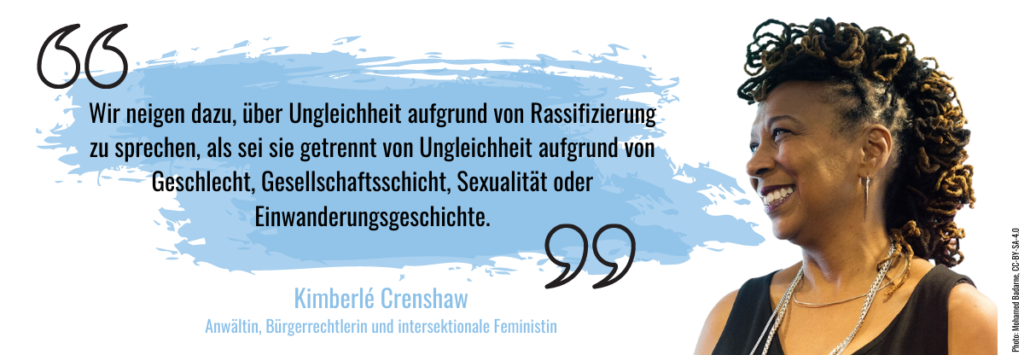
The American law professor Kimberlé Crenshaw influenced the term intersectional feminism as early as 1989 and used the example of the intersection to make visible that discrimination can come from several directions at the same time. In this example a person is positioned in this traffic situation. The more affected a person is by different types of discrimination, the more central they are on the intersection and the higher the risk for them from the traffic or from the discrimination to which they are exposed.

A Black woman, especially if she is exposed to other forms of discrimination because she is disabled and queer, for example, would accordingly be positioned in the middle of this traffic intersection and exposed to discrimination from multiple directions. White men, as long as they are not affected by other dimensions of discrimination, would stand safely on the sidewalk.
If you want to read or hear more about the topic, you can get a lot of information and background on the UN WOMEN page, at the Gunda-Werner-Institut, or just listen directly to a Ted Talk by Kimberlé Crenshaw.
That’s how you can get involved in intersectional feminism
If you want to advocate for intersectional feminism, you can do so in your involvement in a variety of ways.
For example, you can support a running club that offers cycle-oriented running training to Flinta* people. You can also support single mothers with renovation work or accompany visually impaired women in their daily lives. On the other hand, you can also support women with a migration background by teaching them how to ride a bike or by being a good tandem partner to them. Or you can get involved by teaching queer refugees German.
You can find all these opportunities and many more at vostel.de.
Your team from vostel.de wishes you lots of fun with your feminist commitment!
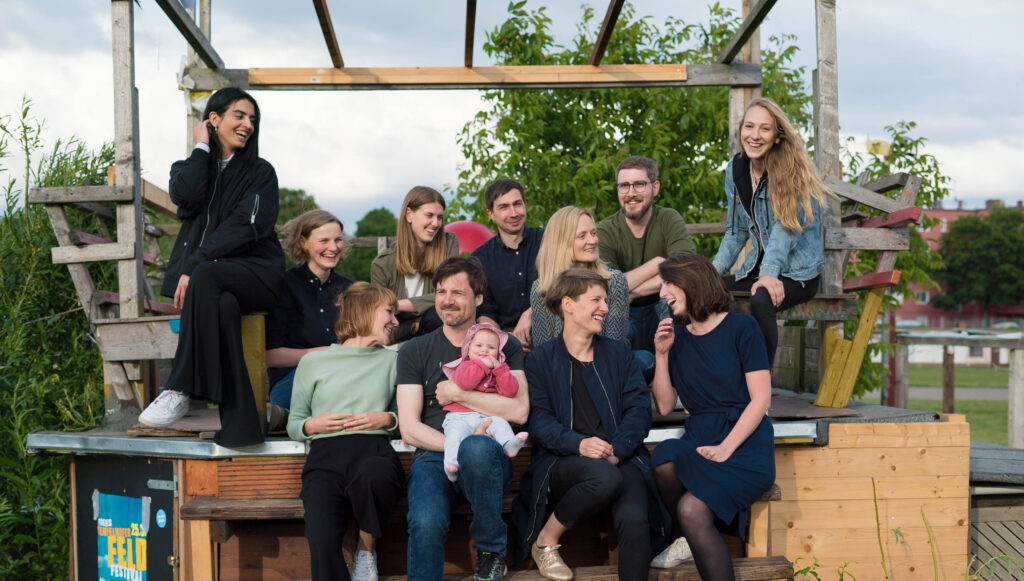
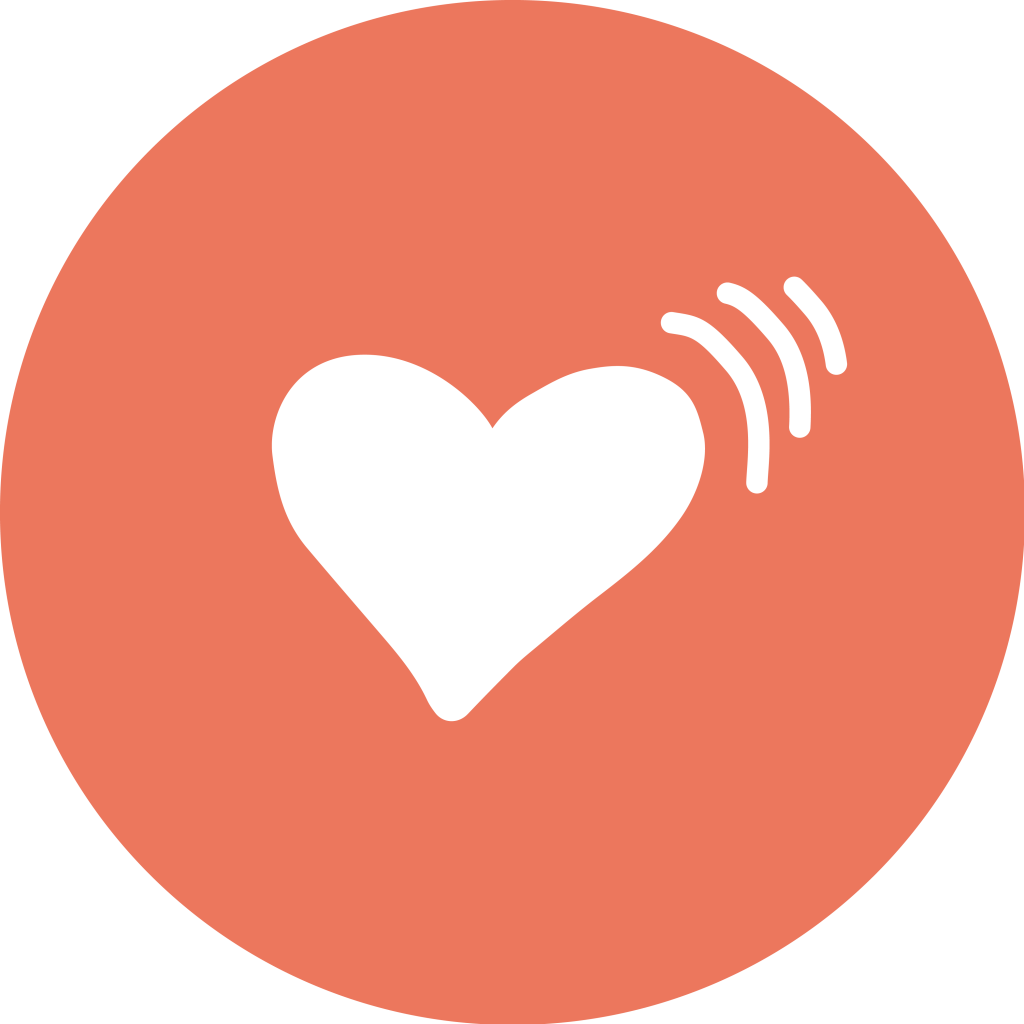

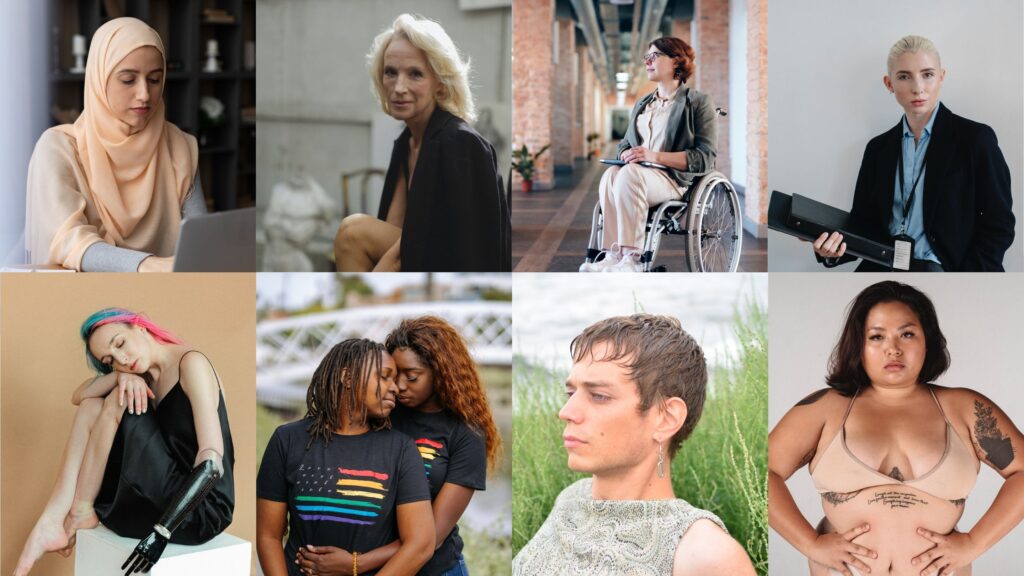
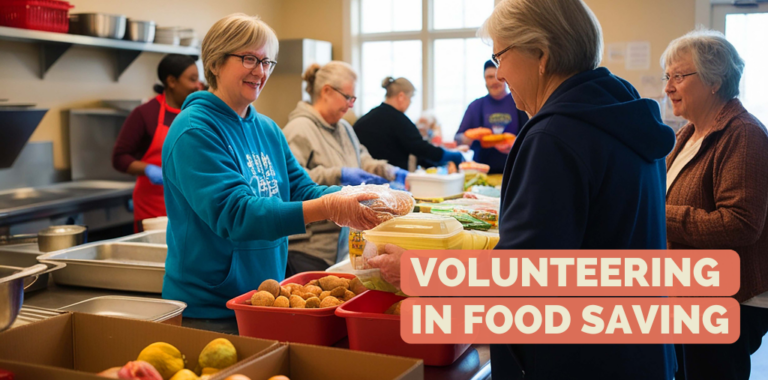
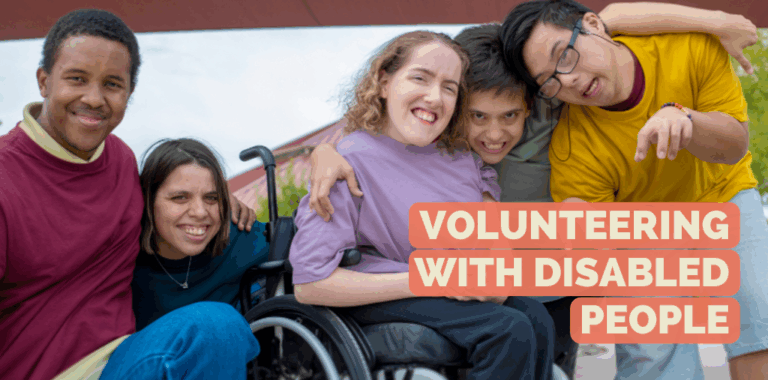
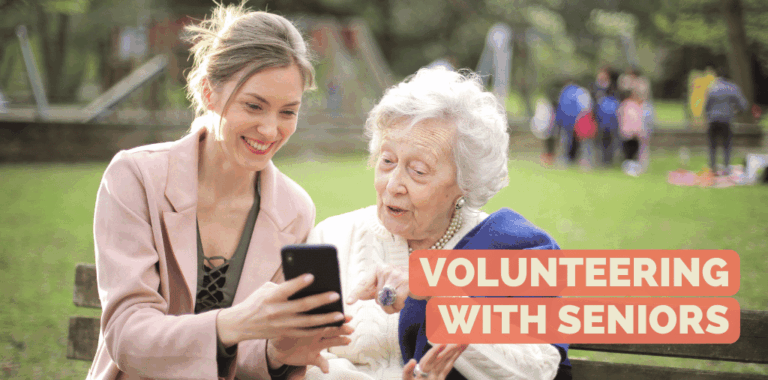
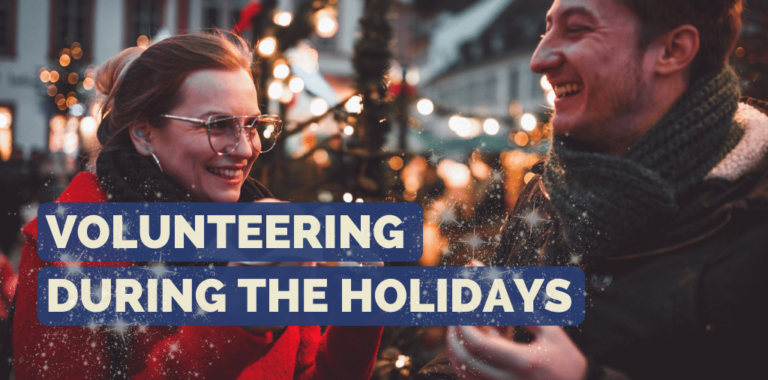
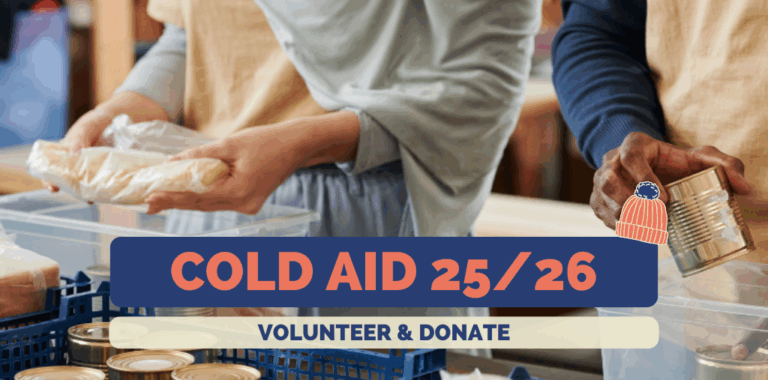
Thank you for this great overview!